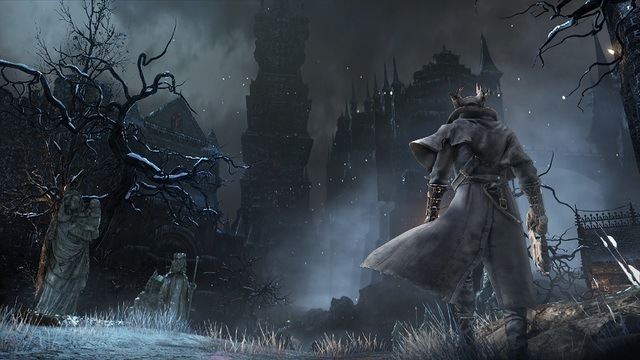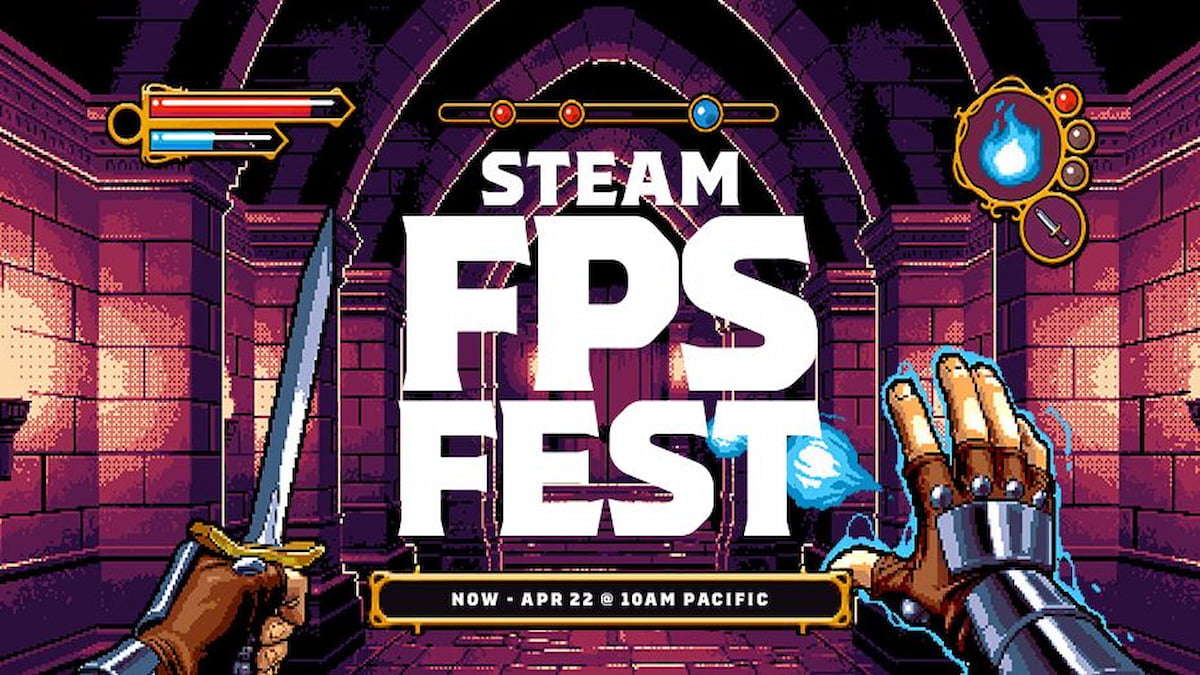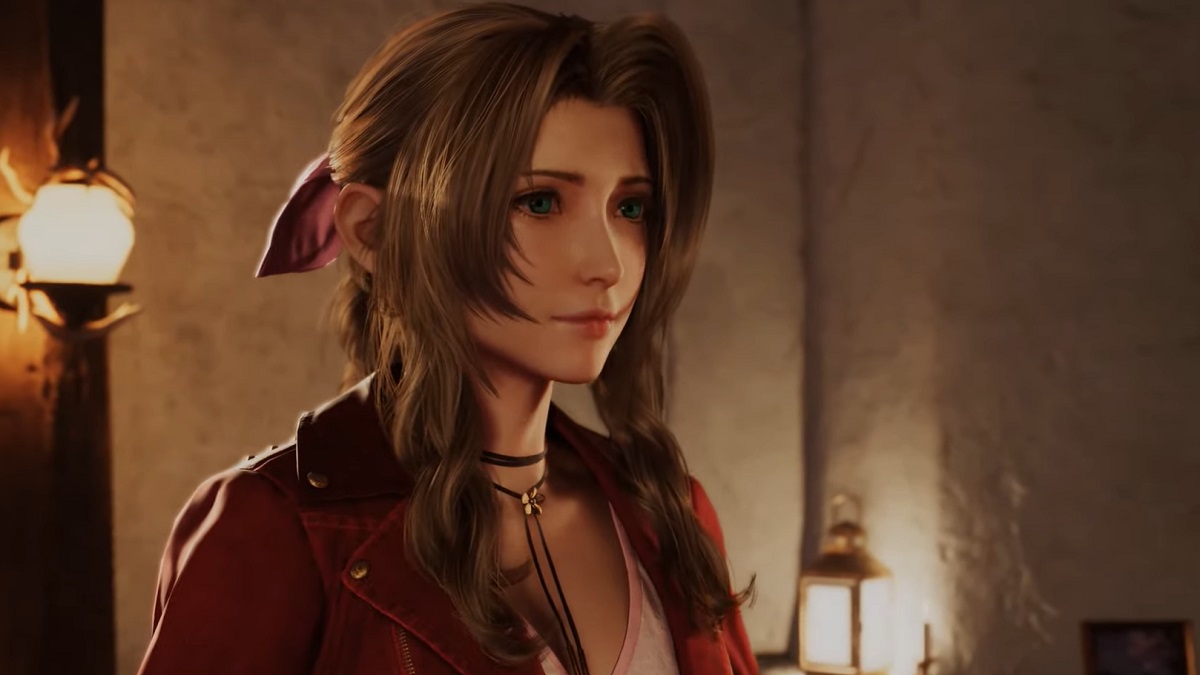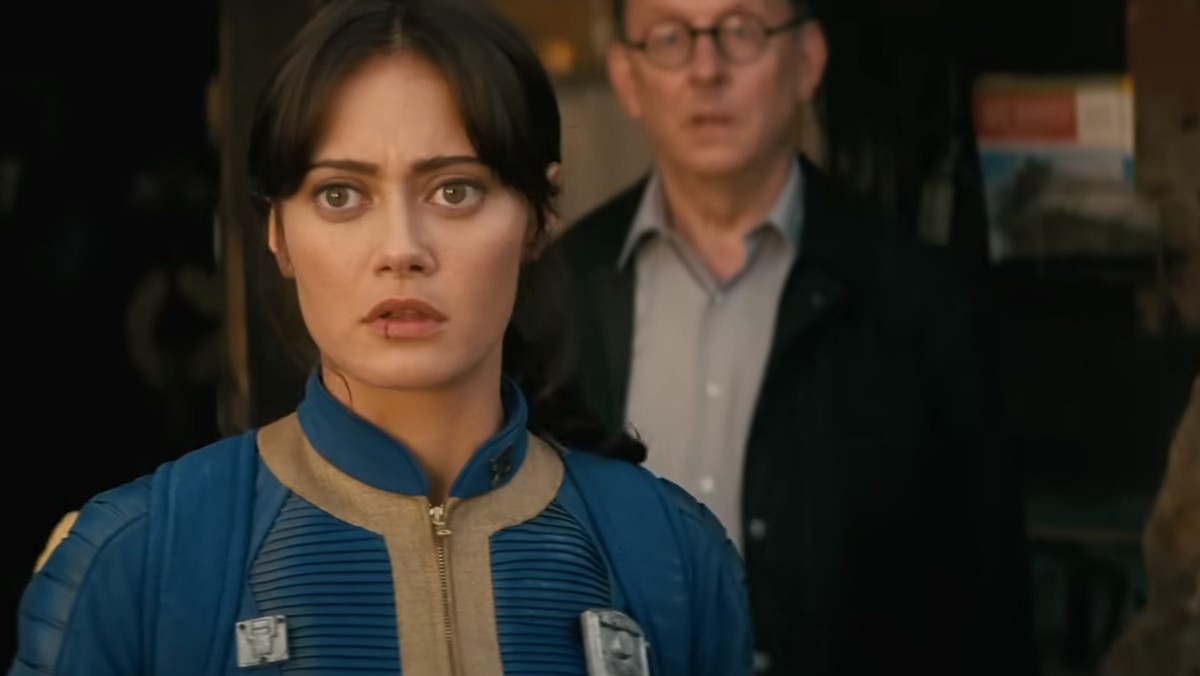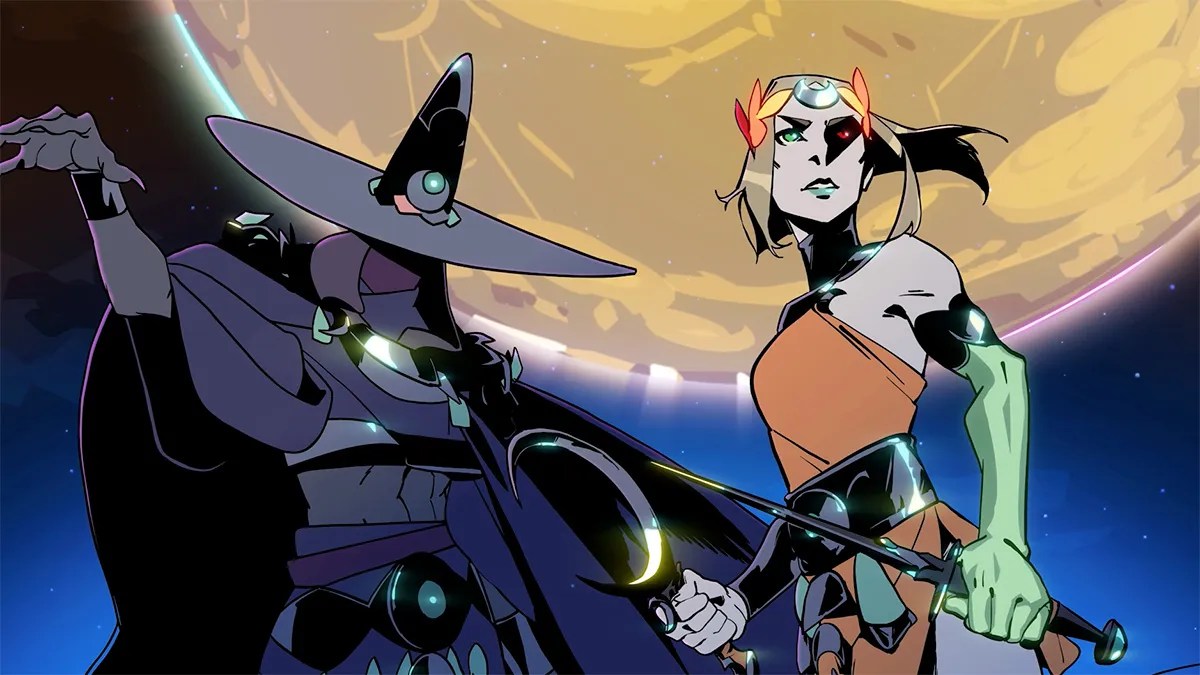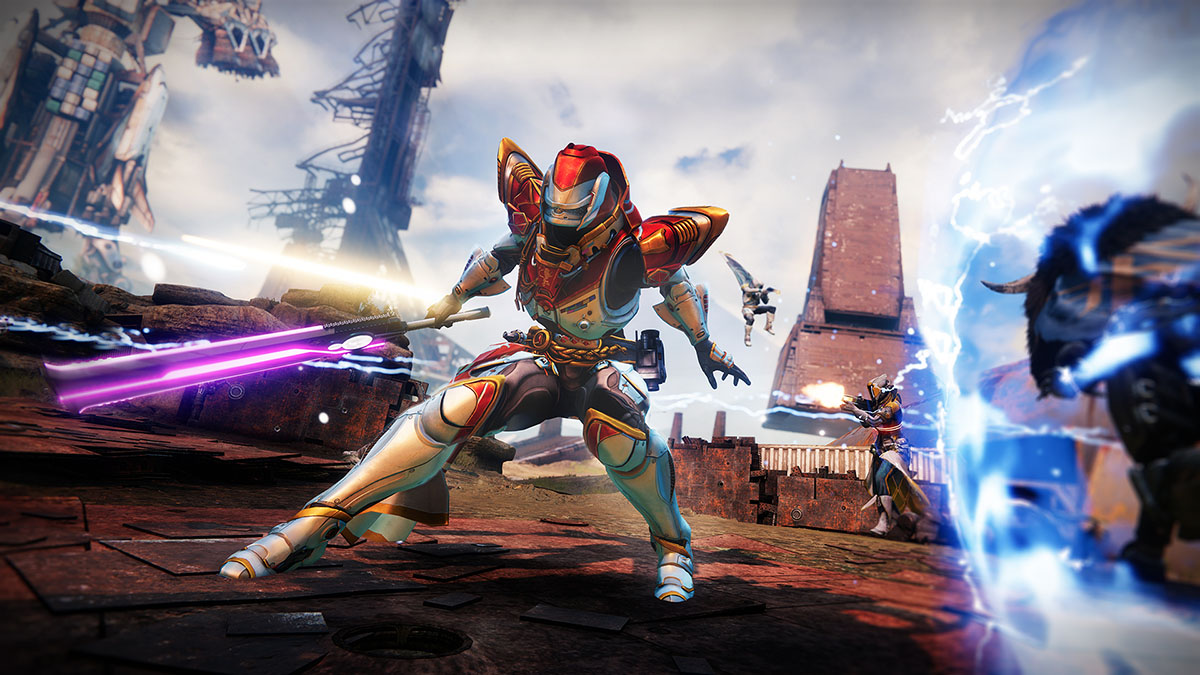Nowadays, the majority of today’s gamers aren’t particularly looking for profound emotions and startling, breathtaking discoveries or breakthroughs. Not when they are simply looking to play few hours of DoTA 2, GTA V or Black Ops, and to have a lot of fun during that time. And that’s perfectly fine and understandable, considering that it’s the raison d’etre of all video games – they are here to entertain us.
Yes, video games provide hours and hours of pure fun and bright, flashing colors – all right there on your PC, TV, or handheld screen, accessible whenever and wherever you want. And more so, since the video game industry crash more than three decades ago, video game developers seem to only get better at what they’re doing.
There’s an undeniable upward trend in their inception process, marketing agenda, visual and audio quality, story quality, fun factor, and of course, in their ever-increasing popularity. It’s more than obvious that the gaming industry is one of the world’s most flourishing industries at the moment. Video games managed to become one of the best ways to bring people together, thus becoming an integral part of today’s worldwide social and entertainment media.

Not so long ago…
So, let’s take a slower, deeper look back at what made our favorite past-time activity what we know and love today. At first, video games were played almost exclusively by fat, nerdy kids, in somewhat gloomy arcades. And that was it. Not really a promising start, certainly not one from which you can easily explain the present situation.
Then, as the generations changed and the hardware upgraded with them, the 90’s happened (yeah, I kinda skipped some of the process). Suddenly, we had super-influentual, multi-billion dollar corporations, like Sony and Microsoft, expressing a ton of interest and directing an even bigger chunk of their funds into developing and perfecting gaming. The industry that had been the favorite refuge of 80’s nerdy kids. And it was no joke.
Game development teams grew from an average of 15-30 people to a whopping 1,000+ employees. Video game music moved from catchy 8-bit loops of synch harmonics to colossal, orchestrated musical numbers which followed you long after you stopped playing. Suddenly, actors were hired for video game roles, tons of script pages were being written, studios were opened that specialized in motion capture, building-tall advertisements for video games appeared in our cities and cleverly designed, shorter ones were on our TVs. Metal Gear Solid happened, Final Fantasy VII happened, Soul Reaver, Ocarina of Time, Chrono Trigger, Gran Turismo…
It was that decade that buried every illusion of video games being a marginally popular hobby for the unpopular, and brought them all, loudly and shining, into the mainstream.
And you know what the best part is? Video games absolutely deserved their metamorphosis.
And I hope we are all glad that those big names were able to sense “the magic” of what was going on in those gloomy arcades. Video games always had the power to express feelings, thoughts or other sensations in their purest forms, simply by being so palpably welcoming (and welcomingly simple). They literally have no entry requirements. They capture the player, and once a player has mastered a particular video game’s rules, they’ll create a personal experience for themselves – far more so than any movie ever can.
After the big leap
So began the fruit-bearing season, orchestrated by the afore-mentioned titans. Game development gained some genuine attention, and boasted familiar names, both new and old, who found this new enviroment as the perfect ground for producing their magnum opus. Standards rose higher and faster than ever before, and so did the expectations and goals of developers and gamers alike.

Remember what Warren Spector’s goal was while producing Deus Ex? To make the game of his dreams. No more, no less. A goal that would virtually be unreachable if it were any other art form. But, as we all know, Deus Ex was a triumph in every sense of the word. It was the unleashing of genius, expert storytelling, and a display of what kind of quality video games can spit out, given they first swallowed the right ingredients, in the right amount.
But Deus Ex wasn’t the first.
Almost at the same time (only a year before, I think), humankind was blessed with another masterpiece of epic proportions – brought to us by the man, Hideo freaking Kojima himself. Metal Gear Solid is, without question, heavily inspired by spy movies and novellas of the sort, but mixed with a “healthy” amount of paranoia and (dare I say) insanity. It was a bold and kinda risky move to combine military themes with the paranormal. But Kojima didn’t stop there. He also aimed for a universal message about love, life and human relentlessness. And that it was. It was incredibly unrelenting game, somehow told in a “know it all tone”, but with an obvious tendency to make it all the player’s own experience by giving them a lot of freedom in how to play the game – something that was completely unexpected and surprising at the time.
The “mainstream” recognition grows…
The biggest success, however, is that Kojima totally did it again – surprising us all. The sequel demanded our rapt attention, and we were more than happy to comply. The game sarcastically and continuously played internal jokes and pranks with its legendary prequel, taking it all to a level gamers thought implausible before. It was one of the most profound gaming experiences ever.
Case in point: the AI’s conversation with the main character near the end of the game. It broke every known standard of “video game-player” interaction, immersed us 110% percent, and managed to provoke questions rarely thought about before.
The inevitable question presented itself: “Can they really do this?”
Indeed, they can, and did. By way of ending this praise of MGS 2: Sons of Liberty, I’ll simply state that it was this particular masterpiece of symbolism, post-modernism and masterful action-oriented set-pieces, which officially elevated the medium to its rightful place. Both of the games were featured in the Smithsonian American Art Museum’s “The Art of Video Games” exhibition than ran from March 16 to September 30, 2012.
But mainstream culture is hurting the artistic value of games.
It’s crystal-clear that this art form shouldn’t stagger its triumphant march by setting itself petty goals like “number of units sold”. There are some newly formed terms, like “real money in-game micro-transactions” and “competitive gaming” or “eSports” which I consider obsolete. Why? I believe that’s not the true nature, nor purpose of video games.
We’ve long since passed the point where they were supposed to merely “entertain” us, and everyone should acknowledge that. Only this form of art gives complete freedom to the artist to express their wildest dreams. Sadly, that’s a fact which is almost completely overlooked these days.
Every video game has the potential to be the most outrageous, unholy union of fantasy, humor, rules (or lack thereof), hysteria, terror, and skill. They all have the potential to give us adrenaline, waves of nerd-gasms, and the long, breathless moments that come from not expecting and yet totally perceiving the impossible. They are the most sui generis form of media, more precisely, they are the most unique form of art and expressionism ever conceived.
That’s not to say that I don’t find some shining examples and exceptions in today’s generations. There are some who nailed the concept of “living nightmare” and “testing human endurance to the limit,” and victories that make me immeasurably happy. (Yes, I’m referring to Hidetaka Miyazaki’s masterpieces, Demon Souls, Dark Souls and lately, Bloodborne). I just feel that they are too few and too far between in the sea of mediocre that is mainstream gaming.
With such tools at their disposal, video game developers shouldn’t ever consider stop striving to achieve greatness. It has been done before numerous times, and I know there’s plenty more where that came from. Developers should always set the highest of goals that they can envision, and show unconditional perseverance in pursuing said goals. It should be their main contribution to the medium.
And at the end of the day, being overly ambitious isn’t a bad thing, right? I mean, when I began to write this article, I merely wanted to write the “video game article to end all video game articles”. And look where that brought me 🙂

